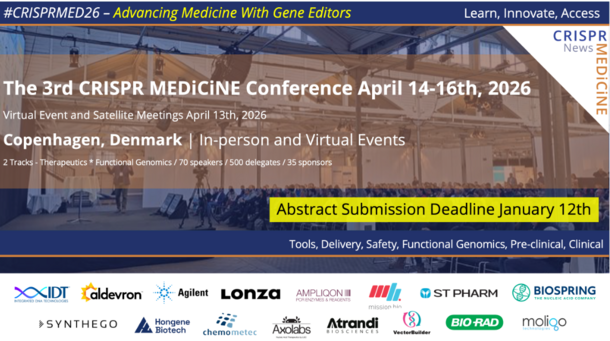LAMA2-related muscular dystrophy is a genetic disorder that causes progressive weakness and wasting of skeletal muscles. Its severity ranges from a severe, early-onset form apparent at birth or in infancy, to a milder, late-onset form appearing later in childhood or adulthood. The condition affects movement, posture, and, in severe cases, respiration and feeding.
The disorder is caused by mutations in the LAMA2 gene, which encodes the laminin α2 protein critical for muscle fiber stability. Loss or dysfunction of this protein disrupts the integrity of muscle tissue, leading to the hallmark muscle weakness, hypotonia, and progressive degeneration. Early-onset forms are typically more severe due to complete or near-complete loss of protein function, while late-onset forms often result from partial protein activity.
Early-onset LAMA2-related muscular dystrophy presents with profound hypotonia, limited movement, joint contractures, facial and throat muscle weakness, feeding difficulties, respiratory insufficiency, scoliosis, and sometimes seizures. Individuals often do not achieve independent walking. Late-onset forms primarily affect proximal muscles, causing gradual weakness in the shoulders, hips, and thighs, with slower progression of scoliosis, joint contractures, and respiratory issues, though most retain the ability to walk and perform daily activities independently.
Source: LAMA2-related muscular dystrophy: MedlinePlus Genetics
